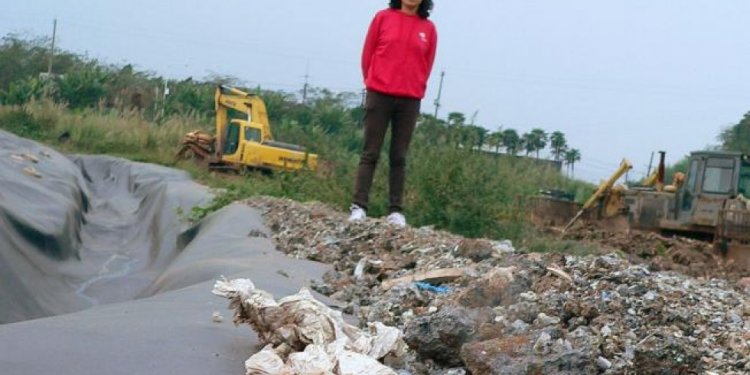
Waste Disposal Statistics
In the United States, the Environmental Protection Agency (EPA) regulates all waste material under the 1976 Resource Conservation and Recovery Act (RCRA). Solid waste can include garbage and sludge from wastewater and water supply treatment plants, as well as other discarded materials from industrial operations. The RCRA includes provisions on the disposal of solid and hazardous waste materials. This legislation encourages individual states to create comprehensive plans to manage nonhazardous and municipal wastes. The western region in the country currently has the highest number of landfills 186346. These landfills must comply with federal regulations in preventing contamination as well as providing monitoring systems for groundwater contamination and landfill gases. The management company must also assure funding for environmental protection throughout the entire life cycle of a landfill. Under environmental regulations in the country, the amount of municipal solid waste that has been recovered has consistently increased over the last several decades.
Municipal solid waste is commonly known as everyday garbage produced by households, commercial and institutional entities. The United States produced over 250 million tons of municipal solid waste annually in the last decade. Often material that can be composted, such as food, ends up in landfills and incinerators. The amount of waste generated per person has increased slightly, however, the diversion of waste has also improved. Recycling and composting can prevent material from being disposed in landfills, reduce carbon dioxide emissions, and divert resources to other important natural resources. Among those who regularly compost their waste in the U.S., the majority compost as a good way to produce fertilizer for their plants.















